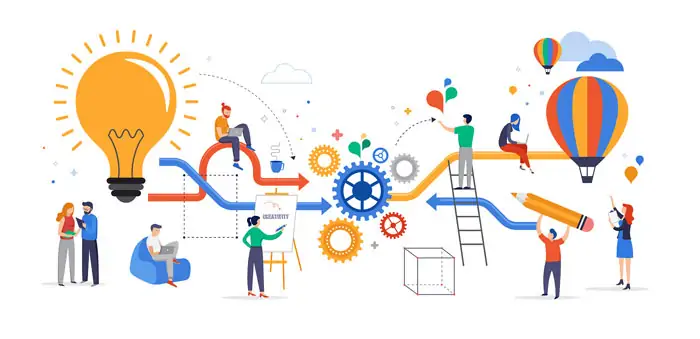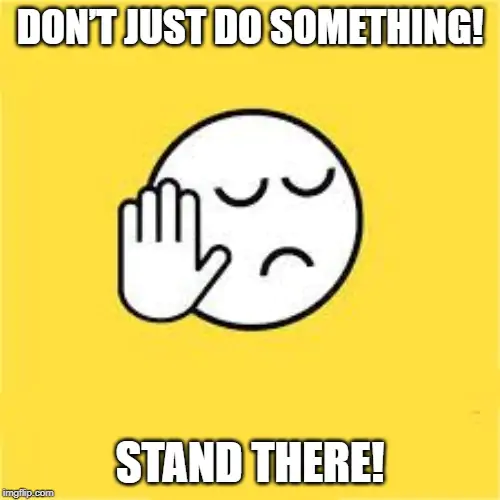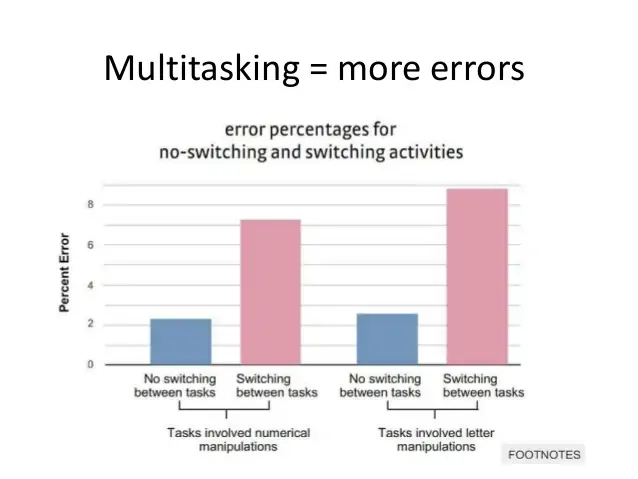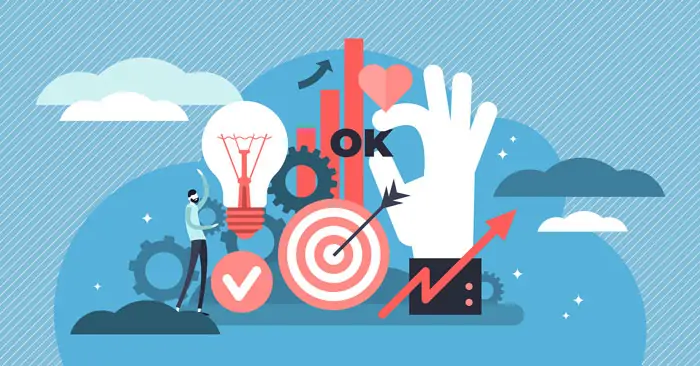In a recent conversation, an analyst I was briefing made an interesting point. He said that while Kanban and SAFe® provided incremental change/ improvements, real innovation and real change came from disruptive forces – technology innovation or others – and those were the kind of changes organizations had to nurture and bring about in order to leapfrog competition, industry and market.
He definitely made sense. After all, all the unicorns that are disrupting the world today – AirBnB, Uber, DoorDash – the list is well known (https://www.cbinsights.com/research-unicorn-companies) have come about through exactly such breakthrough innovation – be it business model, technology or other types of innovation. Thinking about such breakthroughs, it is hard to even imagine that some team working in 2-3-week sprints or no sprints, just continuous incremental delivery, gradually came upon the breakthrough! Breakthroughs generally come through sudden “Eureka!” moments that are more relatable to individual genius, light-bulbs going on and other momentary strikes of lightning that disrupt the status quo.

But do they really?
Don’t Just DO Something! Stand there!
This twist on the well-known exhortation – “Don’t just stand there, do something!” is somewhat popular with the Kanban community. We – all knowledge teams – are so busy doing whatever we do, that we don’t have time to breathe. We are all used to dealing with massive backlogs, in-boxes, intake systems – all bursting with “demand” from our customers – service requests, feature requests, issues and approval requests.
Our ability to deal with these becomes our only measure of progress. There’s another useful acronym I got from a boss of mine some years ago – MAFA – Mistaking Action For Achievement! We are all victims of MAFA. Anytime you ask anyone – “How’s it going?”, there comes the response – “Busy, busy!” or “I’ve just been traveling non-stop” or some such response. We wear our “busy-ness” as a badge of honor. As if admitting that we didn’t have something to fill 14 hours of our day would be admitting defeat.
What most of us don’t realize is that, whether real or imaginary, we ensure we have a full inbox or backlog or a task list, so that each morning we can check off those items and claim victory at the end of the day. We are busy, we have no time to breathe.
The reality is we have no time to think! No time to take a step back and say “Wait a minute! What AM I doing? Why are we doing what we are doing? Are we just the proverbial hamster? Are we improving, getting better at what we do? “We are too busy! We have no time to improve!” – so goes a famous cartoon of people pushing a vehicle with square wheels.
In such an environment, can innovation happen? The answer is a resounding “No!”
In order to Speed Up, you need to Slow Down
There’s been enough research and articles over the past several years that the human brain is NOT good at multi-tasking. The more we multi-task, the more stupid our brains become, the worse our quality of work/ output and the slower we can deliver.
As far back as 2011, Ruth Mantell quoted Richard Nass, Director of Communication between Humans and the Media Lab at Stanford University, who said, “It’s unequivocally the case that workers who are doing multiple things at one time are doing them poorly. The human brain just really isn’t built to switch rapidly from one task to another. Workers who constantly multitask are hurting their ability to get work done, even when they are not multitasking. People become much more distracted, can’t manage their memory very well.”
Img Src: Brain Rules
Companies that demand multitasking may be damaging productivity. “It would be a total tragedy if when we have so much potential to make the workforce more intelligent, we are actually making the workforce dumber. Companies that are demanding that workers multitask might not only be hurting their productivity, but maybe making the workforce worse thinkers.”
In a recent article in New York Times, titled “Let Children get Bored Again”, author Pamela Paul says that kids have become so used to their smart devices, they get bored if they didn’t have them. She goes on to say that it is OK to get bored, because out of boredom comes creativity. The idle mind is no longer the devil’s workshop – the idleness forces it to come up with new things, new ideas, many of which can lead to greater innovation. Numerous recent studies and articles support the notion.
So, how do we get out of the spinning wheel? This is where Kanban shines. With it’s focus on implementing WIP Limits (Work-in-Progress), it helps establish policies – contracts – for any team to limit the amount of work they do at a time – and nudges them to finish what they have already started before taking up new things. Instead of having a full Inbox, it encourages and helps teams to reduce incoming demand, make commitment to do new work ONLY when they have capacity, and then ensure that that work is completed as soon as possible. Any blockers and dependencies are speedily resolved so that work does not get held up.
Kanban and SAFe® Enable Innovation!
As a result of it’s basic principles and practices, Kanban helps reduce the burden most teams have of massive backlogs and helps them focus on getting things that are of priority DONE! As a result, teams have found they have more time to THINK!
The way industries and companies usually get disrupted are by product, technology, operations, business model or other type of innovations that either companies do themselves – or get disrupted by competition – established or upstarts. These innovations usually come out of product R&D organizations in established companies – although the initial ideas may come from anywhere – marketing, sales, services, support, etc. In fact, taking our own example, many of our own product innovations have come from our support and PS folks working in the trenches and finding something exciting.
However, the operational processes that support these people to be able to come up with disruptive ideas, prototype and test their hypotheses, before making the decision to go to market with them, can very much benefit from Kanban, Lean Product Development and SAFe®. One of our largest customers – a Healthcare related high-tech organization credited Kanban and SwiftKanban for helping their product and IT folks free up their time from mundane (operational/ delivery) activity and devote that towards DevOps and product innovation!
Similarly, our products have been used in automotive design and gun-holster design – and hopefully enabled these teams to improve their capability/ capacity to innovate.
So, my thinking especially around Kanban and SAFe® (which has exactly the same premise in its principle #6) – if done right (a big if!) – is that they help reduce overburdening of people in all functions – and thus give them more thinking time in which to innovate above and beyond what they are doing. Of course, Agile, Kanban and SAFe® certainly help the delivery side of all organizations.
What do you think? Do you agree? I would love to hear your thoughts about your experiences.









